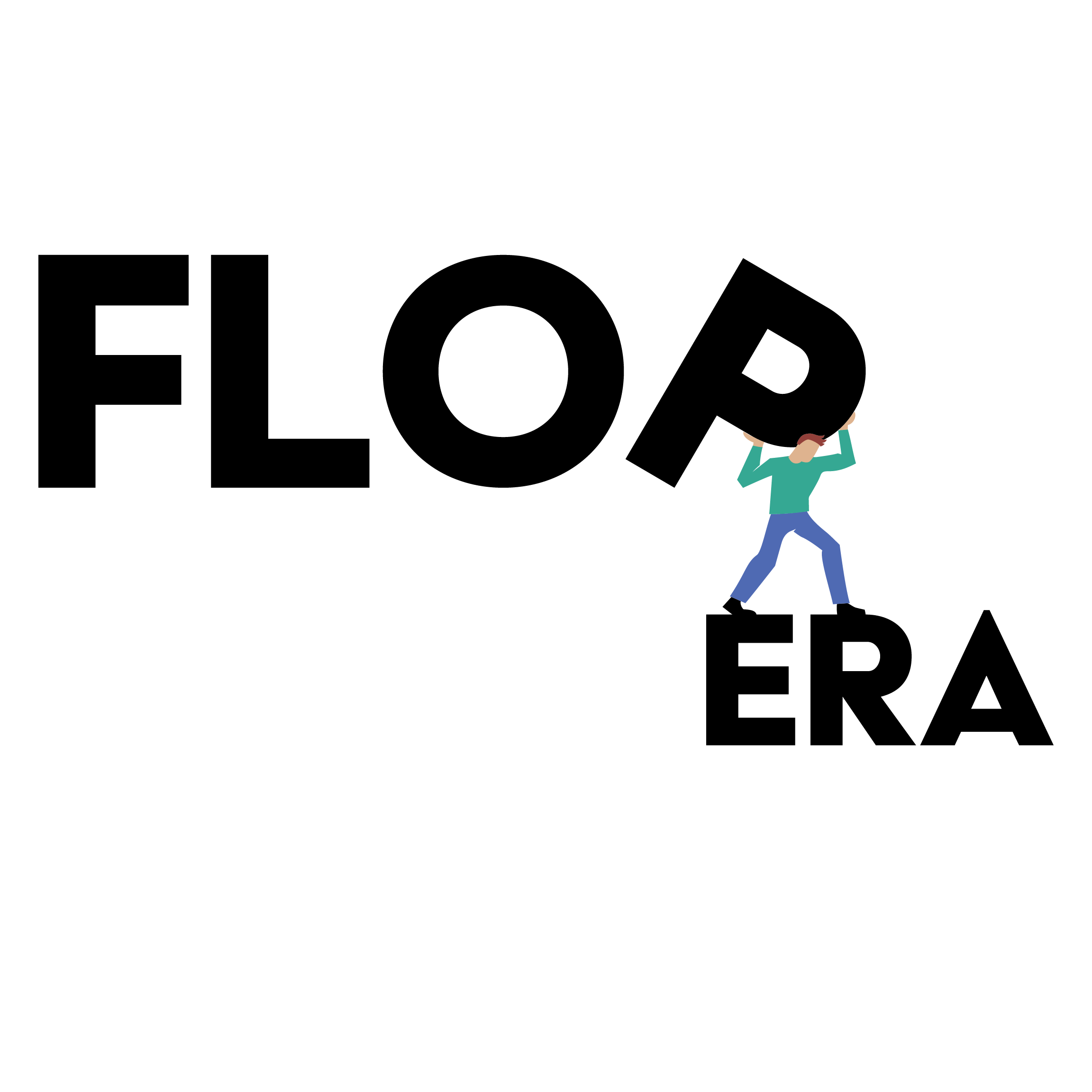By: Robyn Meylan
Student Submission
The trend of TikTok influencing has run rampant in the last few years and has developed a seemingly permanent sector on the app. However, the recent emerging trend of “de-infleuncing” may curb the influencer growth.
There is no question that TikTok has been the new frontier for product influencing. Dedicated content creators dubbed as “influencers” are able to make their living off of giving product reviews, suggestions, and hauls – oftentimes backed by brand sponsorships or commissionable links.
The app has certainly leaned into the trend. Most recently with the addition of the Tiktok Shop, bringing a new wave of influencer marketing where you can buy the product right in the TikTok app. While the trend started as a way for users to get more personal and trustworthy recommendations, popularity has made honorable influencers rare, and concerns regarding influencer ethics and overconsumption have been raised.
Labeling themselves as “de-influencers,” the recent trend has shown users creating content and seeking to de-influence viewers from buying products. The videos usually range from pointing out the impracticality of a product to sharing a personal review of the product and why they disliked it. User michelleskdl showcased this trend with a TikTok video about the Dyson Airwrap.
“You can get yourself a Dyson Airwrap if you can you look me in the eyes and tell me you are in a place to spend $700 on a blow dryer,” she says in a video amassing almost half-a-million likes. “You don’t need it.”
These influencing trends have promoted a bandwagon mindset, encouraging others to “run, not walk” and get the next big thing. Recent trends like the Stanley cup have gained a lot of momentum. The hashtag #stanleytumbler has 1 billion views on TikTok, and the latest limited edition launch caused pandemonium at Targets across the nation. Posts in the de-influencing trend have sought to correct the bandwagon mindset and remind people that just because it seems like everybody is getting, it doesn’t mean you have to too.
This trend comes as no surprise with recent complaints from TikTok users about the influx of influencer and ad videos. 19-year-old Caylee Sullivan, a frequent user of the app, shared her thoughts.
“TikTok used to be filled with dances and fun trends,” she says. “Now I feel like I can’t scroll more than 4 times without someone trying to get me to buy something.” At 19-years-old, she is part of the key age demographic for TikTok.
While it may seem like just a TikTok trend, these posts reflect a deeper commentary on recent consumerism in our society. These videos have shown that consumers are realizing the rising overconsumption, and how the rampant TikTok advertising and influencers are supporting it. This presents further concern when considering nearly half of Americans are not making a livable wage, and the average credit card balance is at the highest it has been in 10 years.
So is this the end of the influencer era? Unfortunately, probably not. Even in the de-influencing trend, there have been actual influencers taking advantage of the trend to “de-influence” and then promote products they want you to buy instead – often for their gain.
However, the trend does show the start of a change in how we view influencer content. It asks users to truly consider if they need a product or if they just feel pressure to be trendy.



